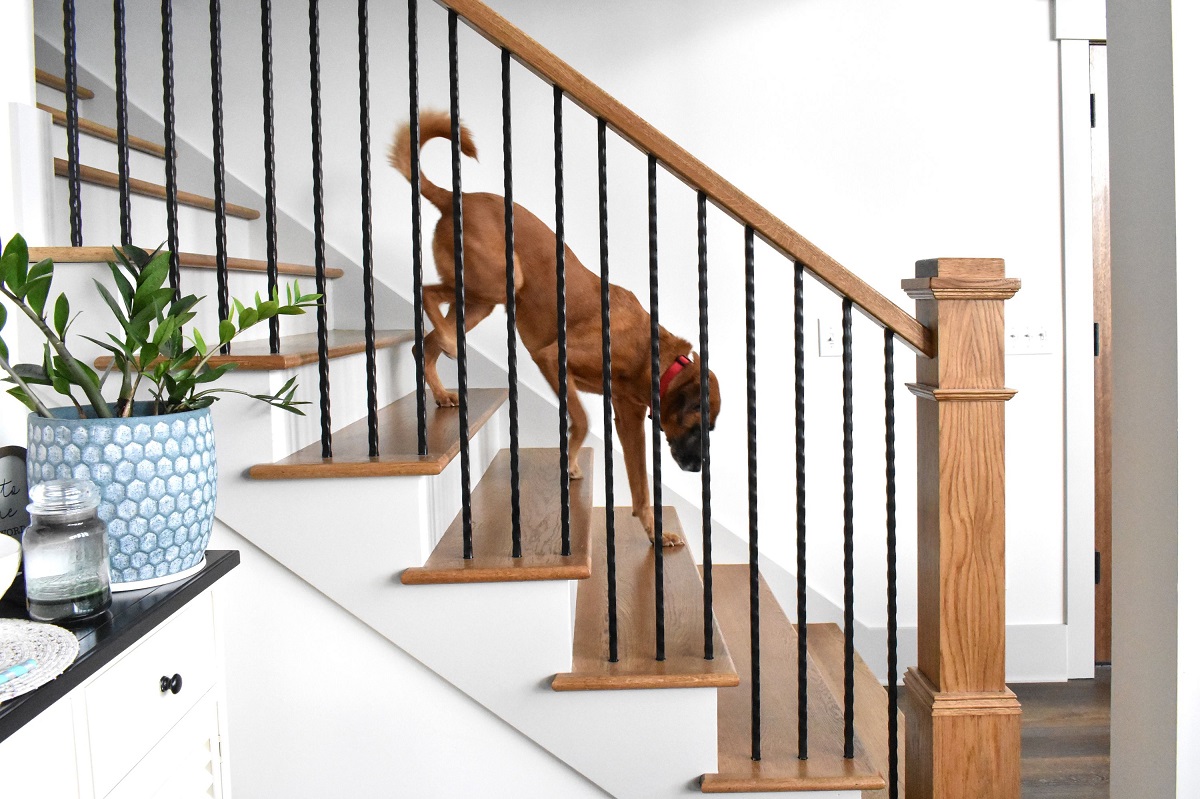

Articles
How To Get Your Dog To Go Down Stairs
Modified: October 20, 2024
Discover helpful articles on how to train your dog to go down stairs safely and confidently. Expert tips and techniques for a stress-free experience.
(Many of the links in this article redirect to a specific reviewed product. Your purchase of these products through affiliate links helps to generate commission for Storables.com, at no extra cost. Learn more)
Introduction
Having a dog that is afraid or hesitant to go down stairs can be a challenging and frustrating experience for both pet owners and their furry companions. Whether it’s due to a past traumatic experience, lack of exposure, or simply a fear of heights, helping your dog overcome this hurdle is essential for their well-being.
In this article, we will explore various techniques and strategies to help your dog become more comfortable and confident when faced with going down stairs. From understanding the underlying reasons for their fear to utilizing positive reinforcement and gradual progression, we’ll provide you with step-by-step guidance on how to tackle this common issue.
By following these tips and implementing the suggested approaches, you’ll be well on your way to helping your dog conquer their fear and navigate stairs with ease.
So, let’s dive in and discover how to support your four-legged friend on their journey to conquering the stairs!
Key Takeaways:
- Overcoming a dog’s fear of stairs involves understanding the root cause, preparing them physically and mentally, and using positive reinforcement to gradually build confidence and comfort.
- Patience, consistency, and safety are essential when training a dog to go down stairs. Celebrate small victories, troubleshoot challenges, and prioritize your dog’s well-being throughout the process.
Read more: How To Get An Old Dog Up And Down Stairs
Understanding the Challenge
Before we delve into the techniques for helping your dog go down stairs, it’s important to understand the reasons behind their fear or hesitation. Dogs may be afraid of stairs for a variety of reasons, which can differ from one individual to another. Some common factors contributing to this fear include:
- Past trauma: If your dog has had a negative experience involving stairs in the past, such as a fall or slip, they may associate stairs with fear and danger.
- Lack of exposure: Dogs who haven’t been exposed to stairs during their early socialization period may find them unfamiliar and intimidating.
- Fear of heights: Some dogs have a natural fear of heights, which can make navigating stairs a daunting task.
- Physical limitations: Certain physical conditions, such as arthritis or joint pain, can make it uncomfortable or painful for dogs to navigate stairs.
- Anxiety or phobias: Dogs with anxiety or phobias may exhibit fear towards certain environments or objects, including stairs.
By determining the underlying cause of your dog’s fear or hesitation, you’ll be better equipped to tailor your approach and address their specific needs. This understanding will also help you set realistic expectations and ensure a gradual and positive training process.
Remember, patience and empathy are crucial when working with a fearful dog. It’s essential to create a safe and supportive environment to help them build confidence and overcome their fears.
Preparing Your Dog for Going Down Stairs
Before beginning the actual training process, it’s important to ensure that your dog is physically ready to navigate stairs. Here are a few preparatory steps you can take:
- Veterinary check-up: Schedule a visit to the vet to rule out any potential physical issues that could hinder your dog’s ability to go down stairs, such as joint pain or mobility concerns.
- Start with basic obedience training: Teaching your dog basic commands like sit, stay, and come will provide them with a solid foundation for following instructions during stair training.
- Introduce your dog to stairs gradually: If your dog has never encountered stairs before, start by introducing them to a single step or a small incline to help them get acclimated to the concept of going up and down an elevated surface.
- Use treats and positive reinforcement: Prepare a supply of small, tasty treats to use as rewards during the training process. The positive association with treats will help motivate your dog and make the experience more enjoyable for them.
- Invest in a dog ramp or pet stairs: If your dog is unable to physically navigate the stairs due to age, physical limitations, or size, consider using a dog ramp or pet stairs as an alternative to help them access different areas of your home.
Remember, each dog is unique, and the timeframe for preparing them for stairs will vary. It’s crucial to monitor their progress closely and adapt your approach based on their individual needs.
Now that you’ve prepared your dog for the stair training process, it’s time to move on to the next step: using treats and positive reinforcement to motivate and encourage your dog’s progress.
Using Treats and Positive Reinforcement
Treats and positive reinforcement are powerful tools when it comes to training your dog to go down stairs. By providing rewards and positive associations, you can help your dog feel more confident and eager to take on the challenge. Here are some tips for effectively using treats and positive reinforcement during stair training:
- Select high-value treats: Choose treats that your dog finds particularly enticing. Soft, bite-sized treats are generally a good choice, as they are easy to consume quickly during training sessions.
- Start with small steps: Begin by rewarding your dog for small achievements related to stairs, such as approaching the staircase or standing near the top step. Gradually increase the difficulty level as your dog becomes more comfortable and confident.
- Use a clicker or verbal cue: Pairing a distinct sound, such as a clicker or a chosen verbal cue, with the treat can help your dog associate the sound with receiving a reward. This reinforcement technique can aid in marking desired behaviors.
- Reinforce progress, not just the end result: It’s essential to reward your dog for every step of the training process, not just when they successfully go down the entire flight of stairs. Provide treats and praise for even small improvements or attempts.
- Be consistent: Consistency is key in training. Establish clear rules and expectations for your dog, and ensure that everyone in the household follows them. This will help your dog understand what behaviors are being rewarded.
- Gradually reduce treats: As your dog becomes more proficient in going down stairs, gradually reduce the frequency of treats. However, continue to provide verbal praise and affection as a form of reinforcement.
Remember, the goal is to create a positive and rewarding experience for your dog. Be patient and understanding, and celebrate each milestone along the way. With consistent use of treats and positive reinforcement, your dog will gradually gain confidence in navigating stairs.
Next, we’ll move on to the actual process of teaching your dog to take the first steps down the stairs.
Taking the First Steps
When it comes to teaching your dog to go down stairs, it’s important to start with small, manageable steps. Here’s a step-by-step guide on how to help your dog take their first steps down the stairs:
- Choose a calm and quiet environment: Find a time and place where your dog can focus without distractions. This will help them feel more at ease during the training session.
- Use a leash and harness: Attach a leash to your dog’s harness to ensure their safety and control during the training process. This will allow you to guide them calmly and prevent any potential mishaps.
- Stand at the top of the stairs: Position yourself at the top of the stairs with your dog standing next to you. Keep the leash loose to avoid creating tension or added stress.
- Encourage your dog with verbal cues and treats: Use a gentle, reassuring tone of voice to encourage your dog to take the first step. You can also dangle a treat near the top of the stairs to entice them to move forward.
- Step down together: Take a step down the stairs, encouraging your dog to follow you. Use the leash to guide them gently if needed. Be patient and let them take their time to become comfortable with the first step.
- Repeat and reward: Continue to repeat the process, taking one step at a time and rewarding your dog with treats and praise for their progress. Remember to keep the training sessions short and positive.
It’s important to note that every dog progresses at their own pace. Some may take to the stairs quickly, while others may require more time and repetition. Stay patient and attentive to your dog’s comfort level and adjust the training accordingly.
Once your dog becomes comfortable with taking the first few steps, you can gradually increase the number of steps or work towards going down an entire flight of stairs. We’ll explore this gradual progression in the next section.
Start by teaching your dog to go up the stairs first. Use treats and positive reinforcement to create a positive association with the stairs. Then, gradually introduce going down the stairs with the same positive reinforcement.
Read more: How To Teach Dog To Go Up Stairs
Gradual Progression Towards Full Flight of Stairs
As your dog becomes more comfortable with taking a few steps down the stairs, you can begin working towards traversing an entire flight of stairs. Here are some steps to help you progress gradually:
- Focus on one step at a time: Once your dog is confident with the first step, start working on the second step. Encourage them to take that step by using the same techniques of positive reinforcement and treats.
- Increase the number of steps: As your dog becomes more confident and proficient at going down two steps, gradually increase the number of steps they tackle. Monitor their body language and comfort level to ensure they are ready for each progression.
- Take breaks when needed: If your dog starts to exhibit signs of stress or fatigue, take a break and give them a chance to rest. Pushing them too quickly can cause setbacks, so it’s important to proceed at a pace that is comfortable for them.
- Continue with positive reinforcement: Throughout the process, continue using treats and verbal praise to reward your dog for their progress. Celebrate each successful navigation of a larger set of stairs.
- Practice on different staircases: Once your dog has mastered going down stairs in one location, gradually introduce them to different staircases. This will help them generalize the skill and become comfortable navigating stairs in various settings.
- Fade out the use of the leash: As your dog becomes more confident and reliable in going down stairs, you can start reducing the reliance on the leash. Eventually, you may be able to perform the training without using a leash at all.
Keep in mind that the progression timeline can vary for each dog. Some might progress quickly, while others may require more time and reinforcement. Continue to observe and adapt the training to suit your dog’s individual needs.
By gradually increasing the difficulty level and rewarding your dog’s progress, you’ll soon find them confidently descending a full flight of stairs with ease.
In the next section, we’ll address some common difficulties that may arise during the training process and how to troubleshoot them.
Troubleshooting Common Difficulties
During the training process, you may encounter some common difficulties or challenges. Here are a few scenarios and troubleshooting tips to help you overcome them:
- Fear or hesitation: If your dog shows signs of fear or hesitation when approaching the stairs, take a step back in the training process. Go back to a step that they are comfortable with and gradually build their confidence again before progressing further.
- Physical limitations: If your dog has physical limitations or health issues that make going down stairs difficult or painful, consult your vet for guidance. They may recommend alternative exercises or therapies to help strengthen your dog’s muscles and joints.
- Lack of motivation or interest: If your dog seems uninterested in treats or lacks motivation during the training sessions, try using higher-value treats or find other rewards that they find more enticing. You can also consider incorporating playtime or their favorite toys into the training process to make it more engaging.
- Slipping or difficulty with traction: If your dog is slipping on the stairs or having difficulty with traction, consider using non-slip stair treads or carpet runners. These can provide additional grip and stability, making it easier for your dog to navigate the steps.
- Inconsistent progress: If you’re experiencing inconsistent progress, remember that every dog learns at their own pace. Be patient and continue to reinforce positive behavior. Evaluate your training methods and make adjustments as needed to help your dog succeed.
Remember, troubleshooting these difficulties requires a tailored approach based on your dog’s specific needs. Take the time to observe and understand your dog’s behavior to find the best solution for their individual situation.
Lastly, let’s discuss some important safety precautions to keep in mind when training your dog to go down stairs.
Safety Precautions
When training your dog to go down stairs, it’s important to prioritize their safety and well-being. Here are some key safety precautions to consider:
- Supervision: Always supervise your dog during training sessions and when they are navigating stairs. This ensures that you can promptly address any issues that may arise and prevent accidents.
- Secure the stairs: Make sure the stairs are secure and in good condition. Loose or damaged steps can pose a safety risk for your dog. Regularly inspect the staircase and make any necessary repairs or improvements.
- Use a leash and harness: Keep your dog on a leash and use a properly fitted harness when training them to go down stairs. This provides control and helps prevent falls or accidents.
- Take it slow: Proceed at a pace that is comfortable for your dog. Rushing the training process can increase their anxiety and may result in accidents. Allow them to acclimate and build confidence gradually.
- Avoid forceful methods: Never force or physically push your dog down the stairs. This can cause stress, fear, and physical harm. Training should always be based on positive reinforcement and encouragement.
- Consider physical limitations: If your dog has physical limitations or health issues, consult with your veterinarian. They can provide guidance on appropriate training techniques or alternative solutions that prioritize your dog’s safety and well-being.
- Remove distractions: Minimize distractions around the staircase during training sessions. This helps your dog focus on the task at hand and reduces the risk of accidents.
By implementing these safety precautions, you can create a secure environment for your dog and minimize the potential risks associated with stair training.
Now that you have a good understanding of the safety measures to take, let’s conclude this article.
Conclusion
Training your dog to go down stairs can be a challenging endeavor, but with patience, consistency, and the right approach, you can help your furry friend conquer their fear and navigate stairs with confidence. Understanding the reasons for their fear, preparing them physically and mentally, and utilizing treats and positive reinforcement are key elements to successfully training your dog.
Remember to start small and gradually progress as your dog becomes more comfortable and confident. Celebrate every milestone and provide plenty of praise and rewards along the way. Each dog is unique, so be attentive to their individual needs, adjusting the training process as necessary.
While working towards a full flight of stairs, it’s important to troubleshoot any difficulties that may arise and ensure the safety of your dog. Keep a watchful eye, use a leash and harness, and follow the necessary safety precautions to prevent accidents and injuries.
Through patience, understanding, and a positive training approach, you can help your dog overcome their fear of going down stairs. Soon enough, you’ll witness the joy on their face as they confidently navigate stairs with ease.
So, don’t be discouraged by the initial challenge. Take that first step, be consistent, and enjoy the rewarding journey of training your dog to conquer their fear of going down stairs.
Frequently Asked Questions about How To Get Your Dog To Go Down Stairs
Was this page helpful?
At Storables.com, we guarantee accurate and reliable information. Our content, validated by Expert Board Contributors, is crafted following stringent Editorial Policies. We're committed to providing you with well-researched, expert-backed insights for all your informational needs.
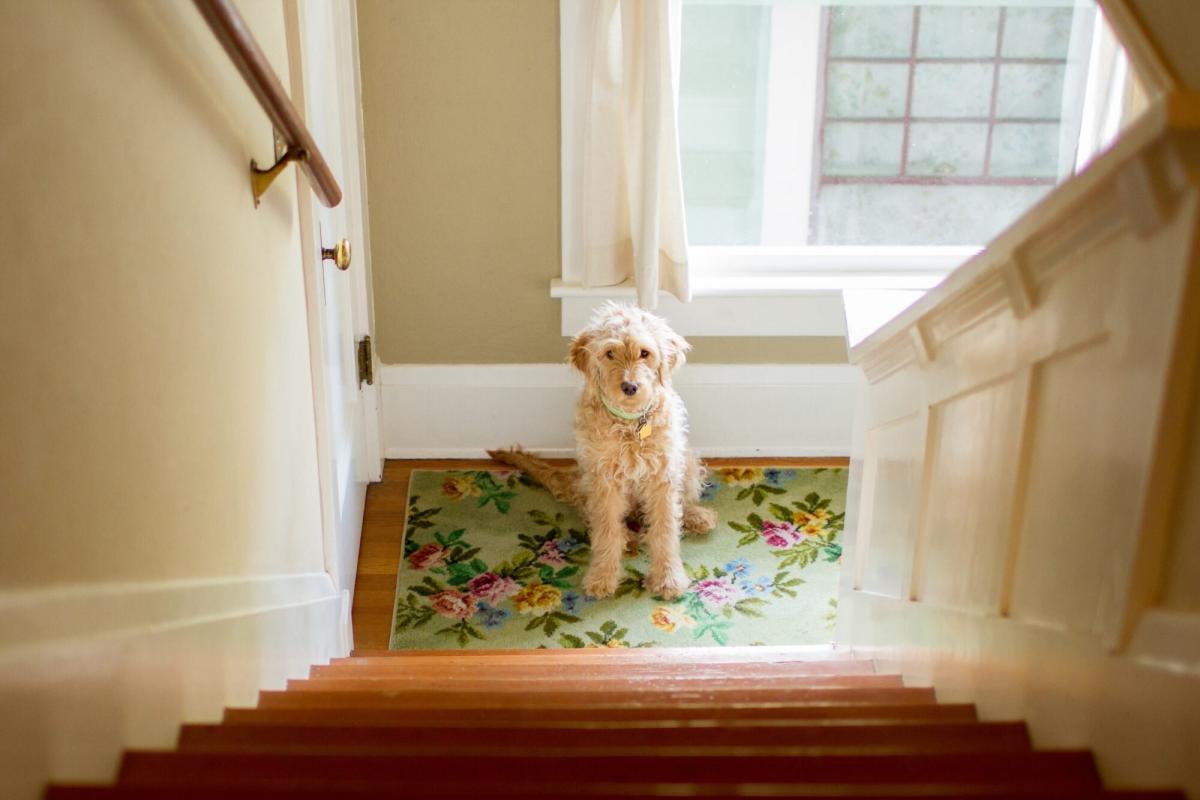

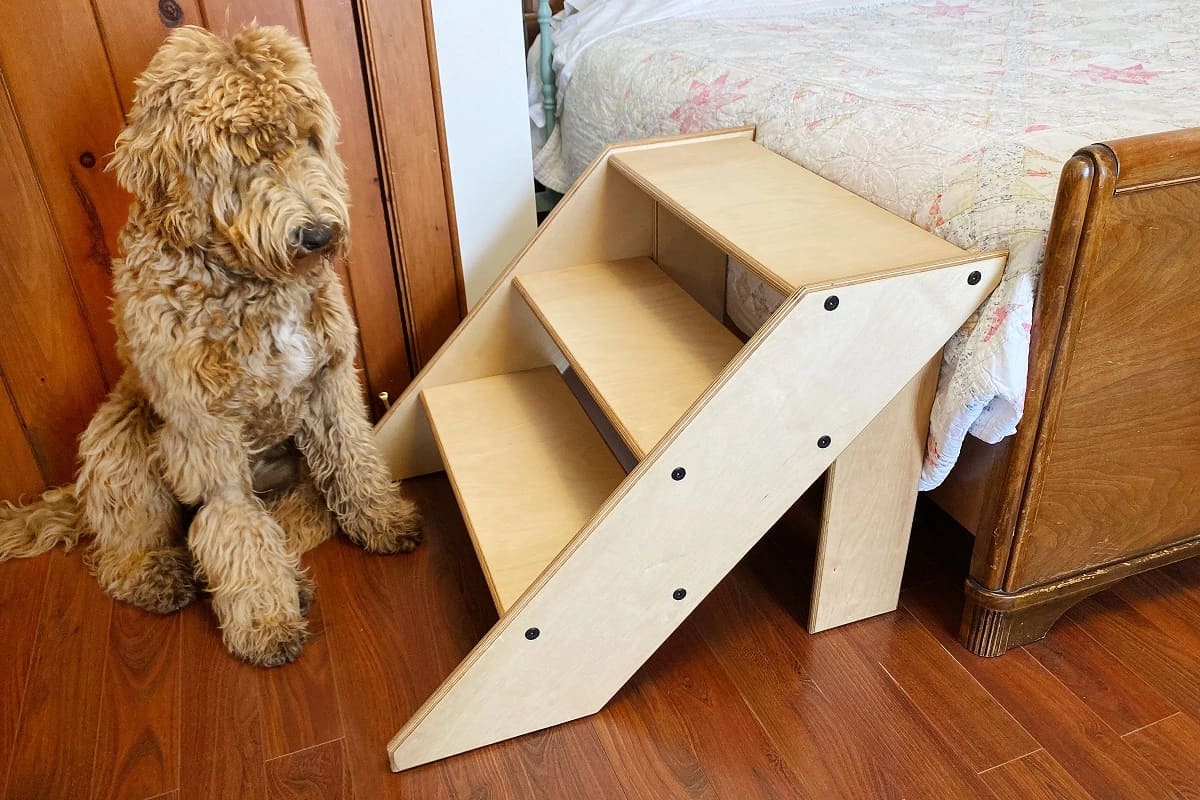


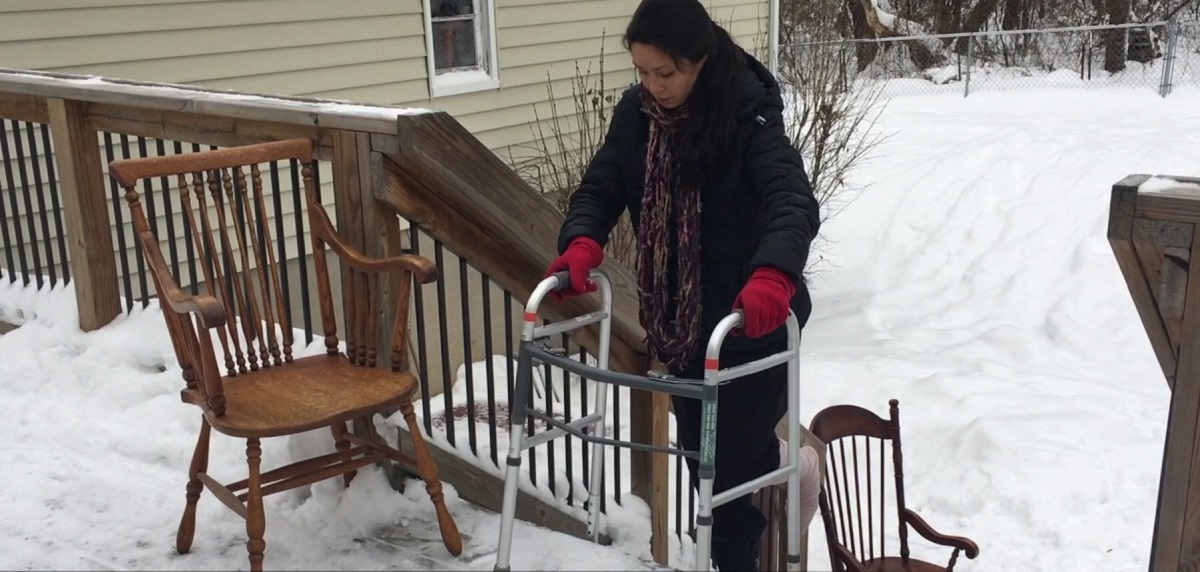
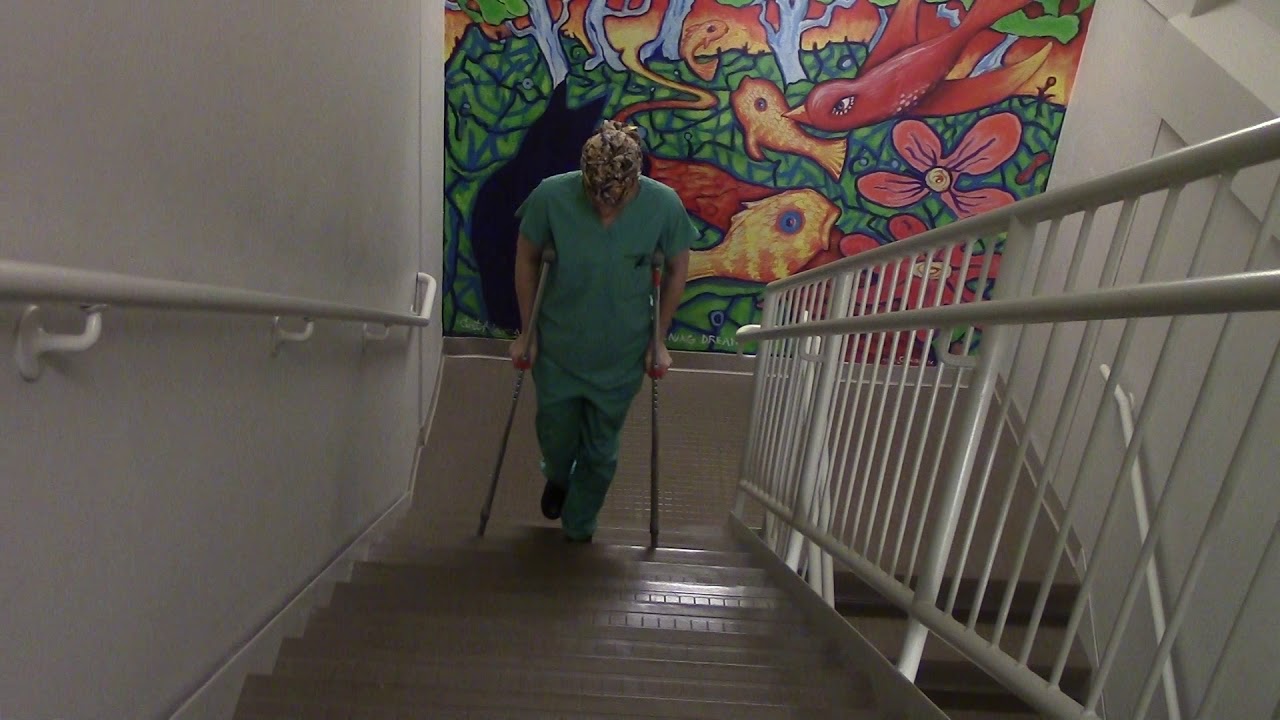
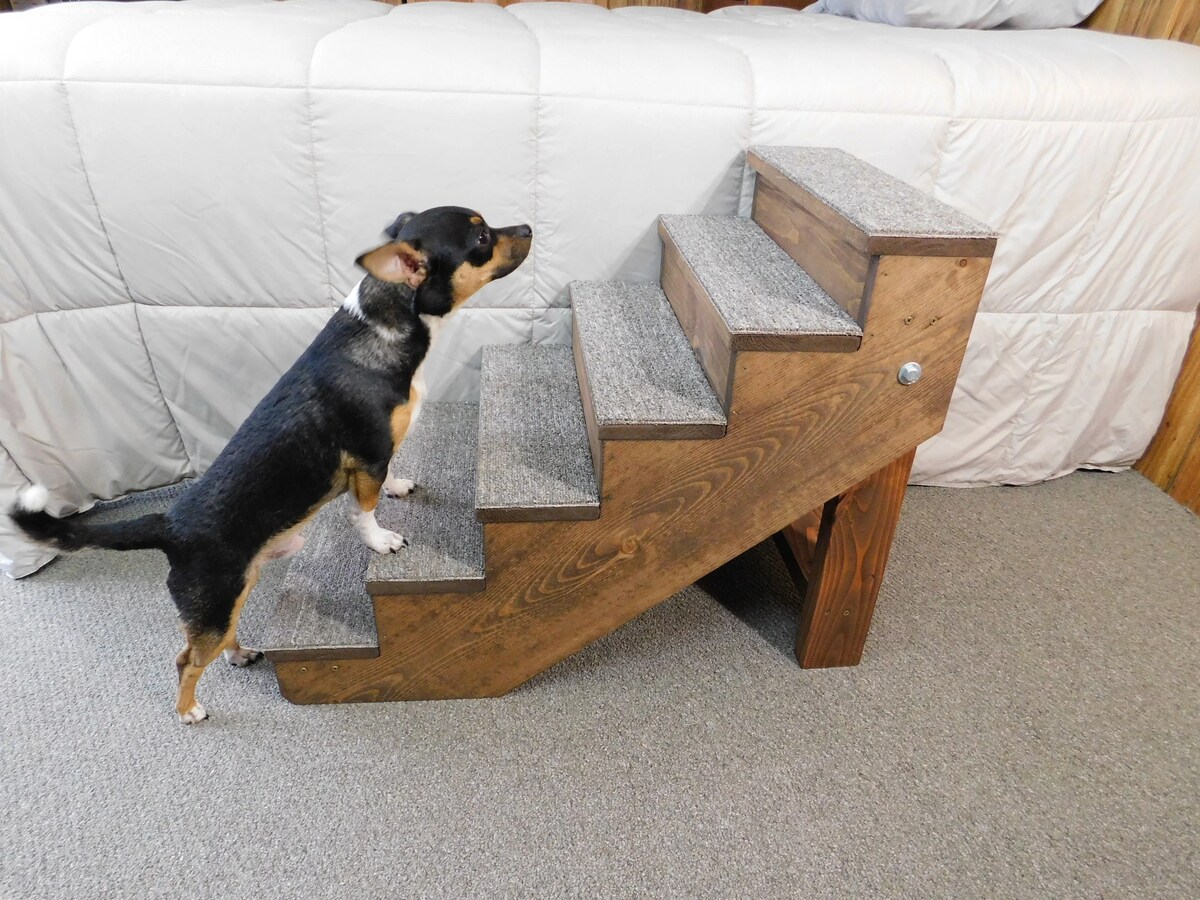
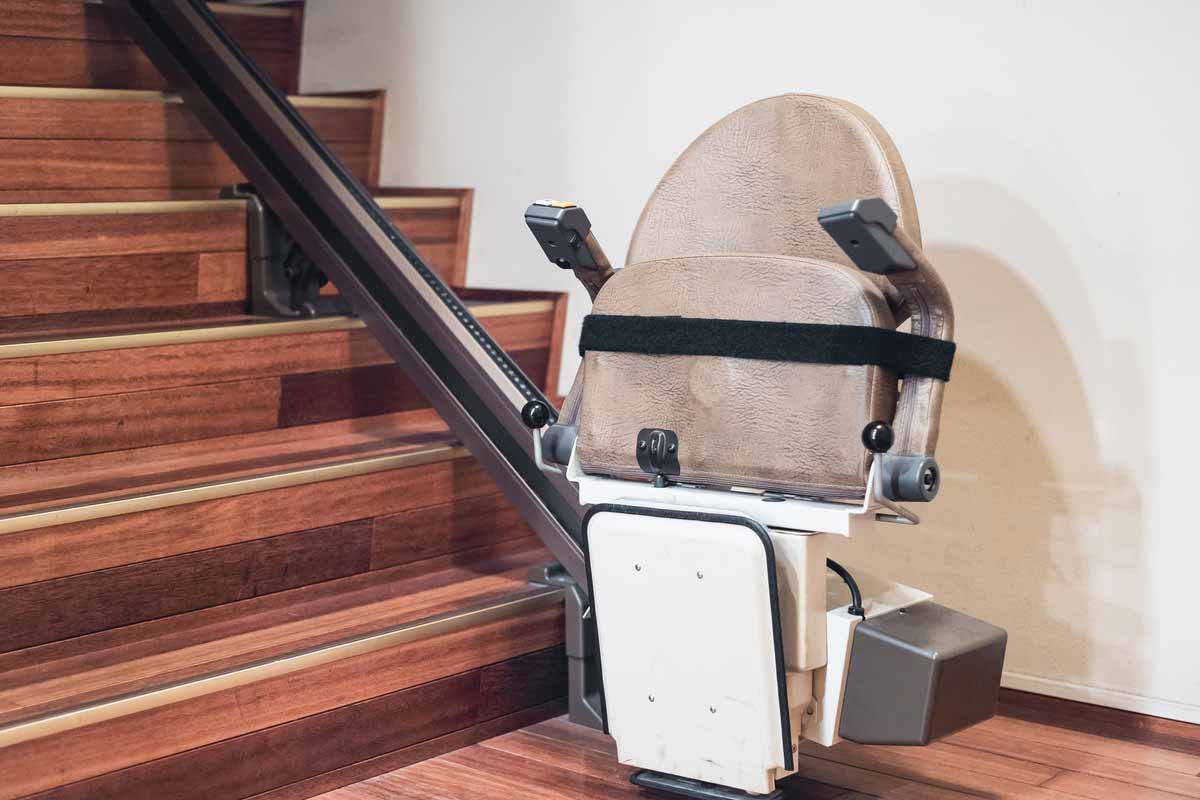
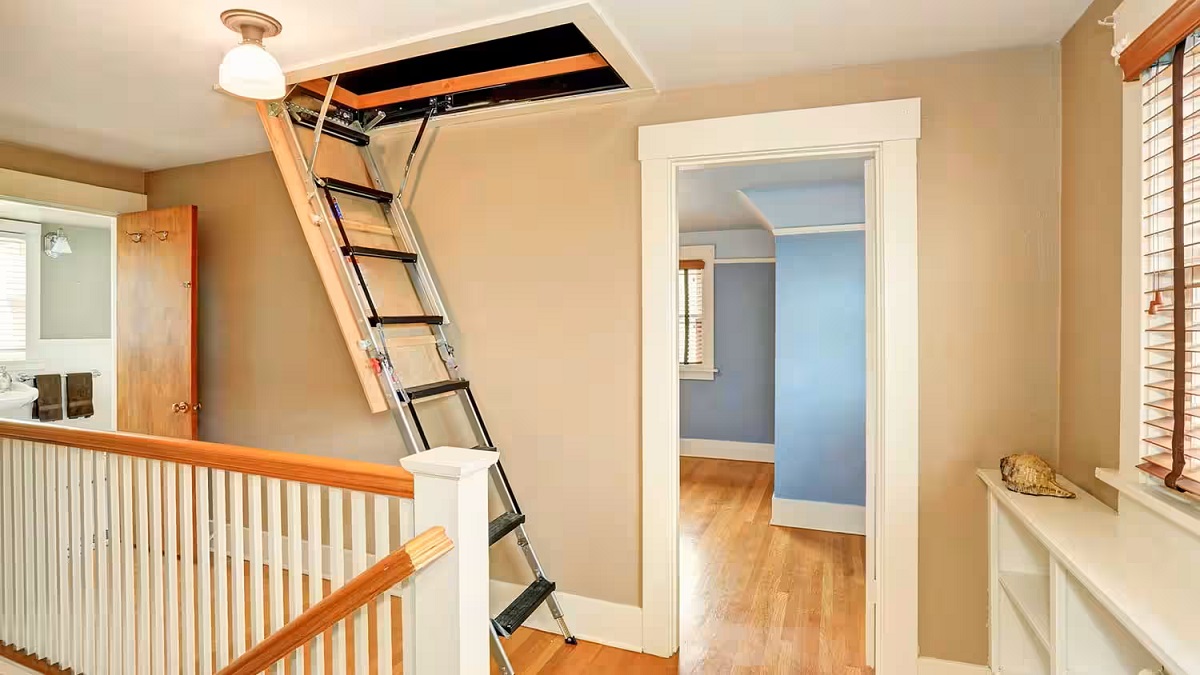
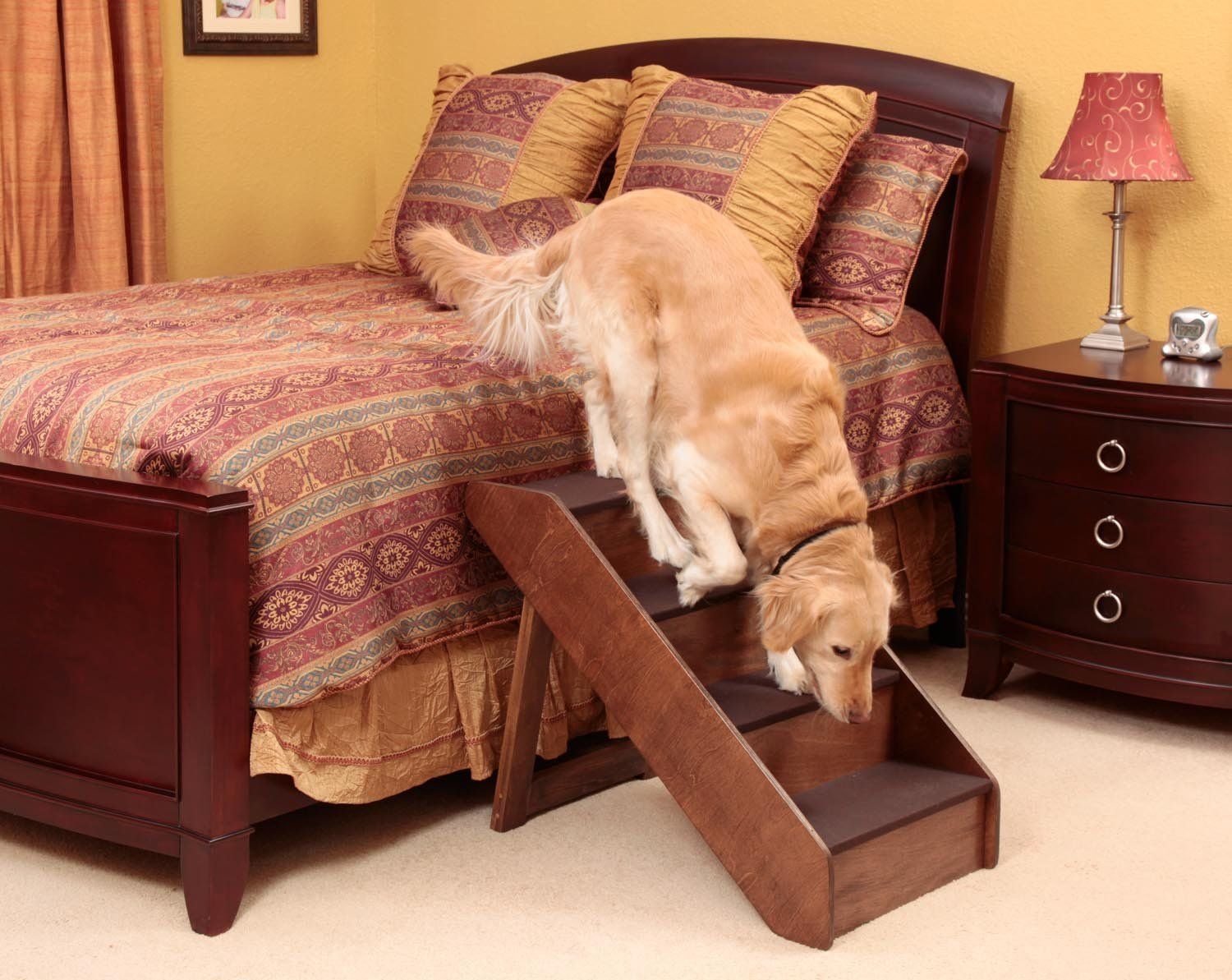
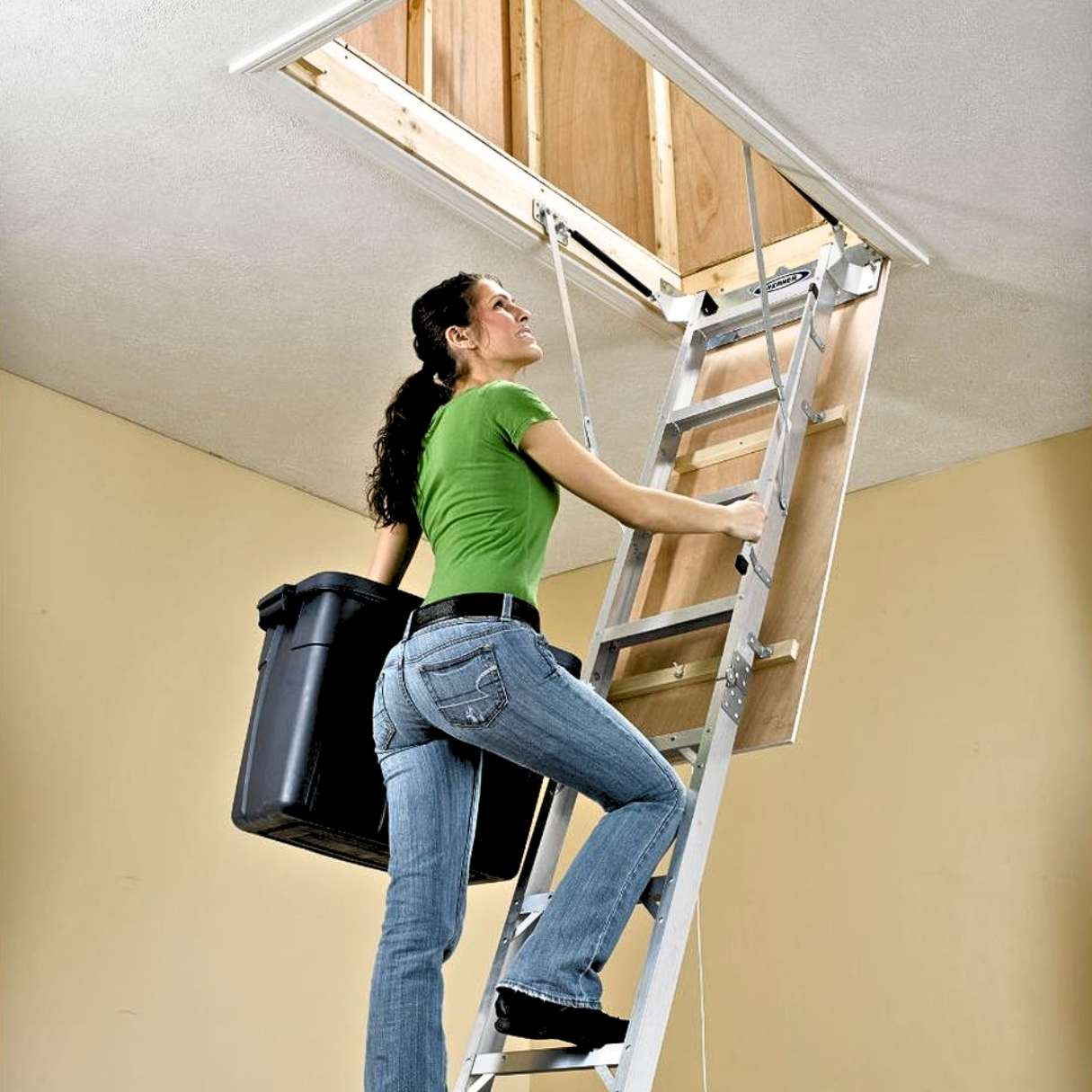
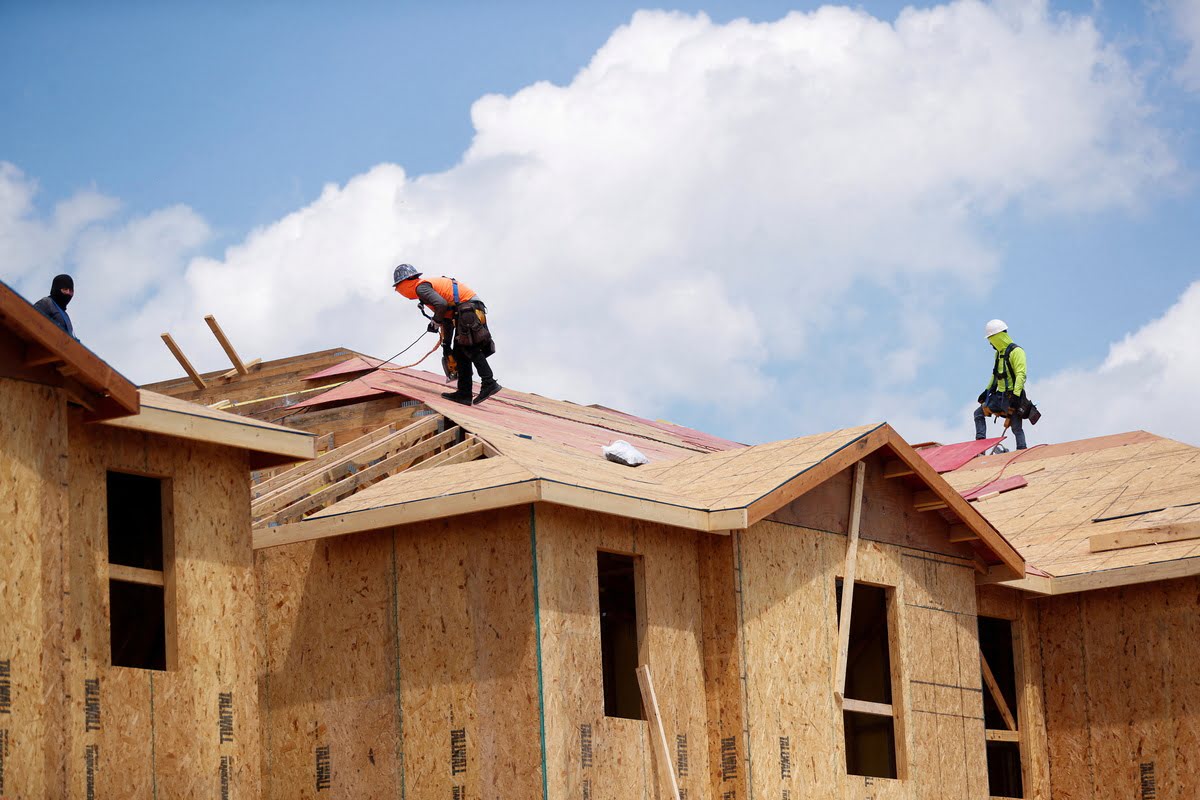
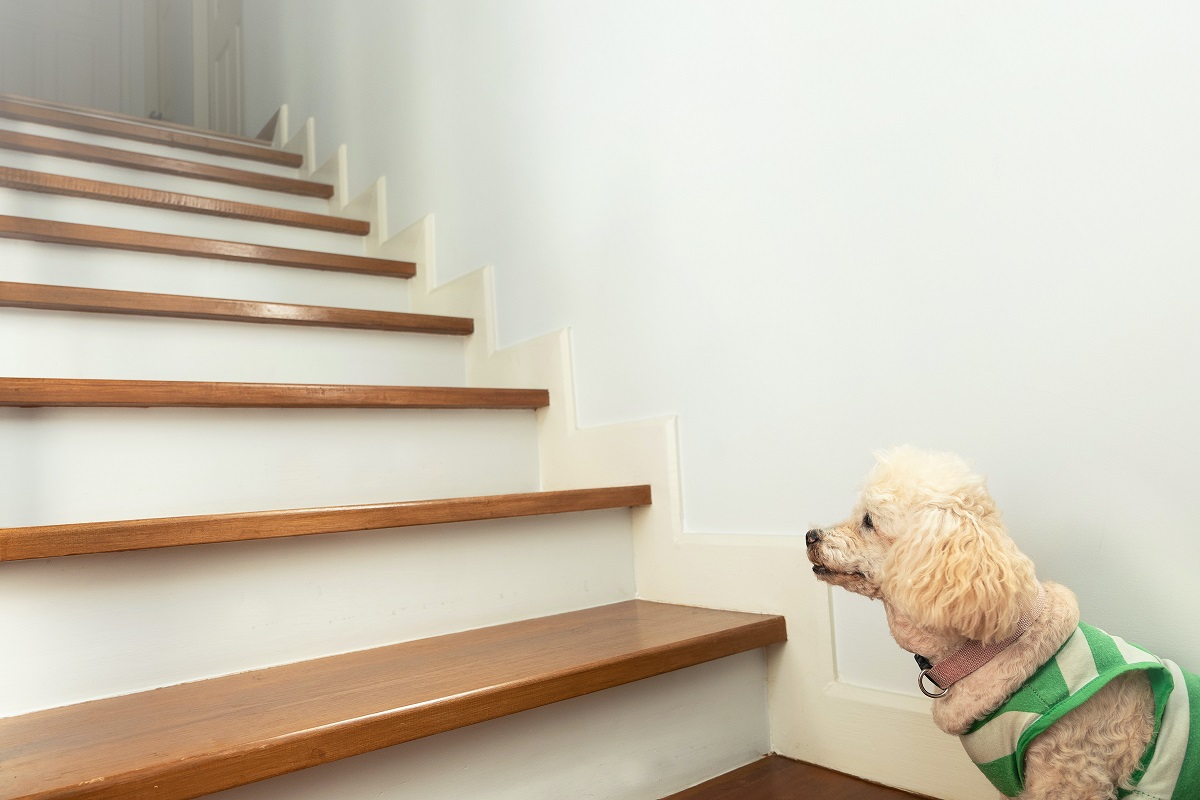

0 thoughts on “How To Get Your Dog To Go Down Stairs”